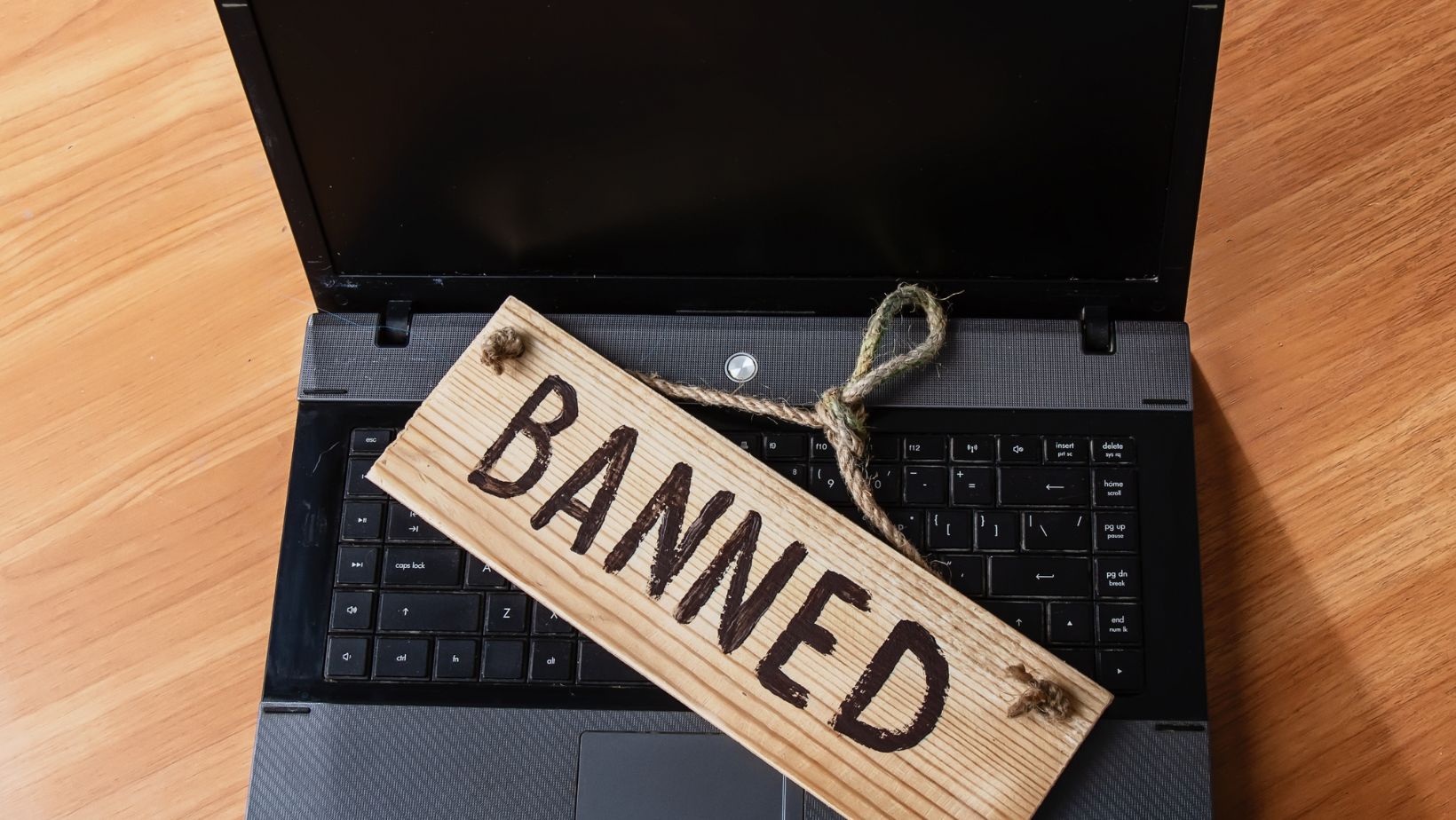Social media platforms are everywhere today. We use them to connect, share ideas, and express opinions. At first glance, these platforms seem like the perfect place for free speech. However, social media is not as open and accessible as it appears. While it offers space for expression, it also disrupts free speech in many ways. In this article, we will explain how.
Social Media Controls What You See
Social media companies decide which posts appear on your screen. They use algorithms to pick content they think you will like. This means you only see posts that match your interests or views. You may not come across opinions that challenge your beliefs. Over time, this creates “filter bubbles.” In these bubbles, people only hear ideas they agree with. You don’t learn to understand opposing views when you don’t see them. This limits true discussion and debate. Free speech thrives on hearing all sides, but social media often shows only one side.
Censorship and Content Removal
Social media platforms remove posts they believe break their rules. They call this “content moderation.” Some posts get flagged for hate speech, misinformation, or violence. However, sometimes platforms take down posts that are just controversial.
For example, someone may express a political opinion or share an unpopular idea. If enough users report it, the post can be removed. In other cases, posts can be taken down simply because they offend people. When platforms decide what can stay or go, they limit free speech. Some users may fear sharing their opinions because they worry their content will be removed. This creates what is known as a “chilling effect.” People stay silent, not because they have nothing to say but because they are afraid to speak.
Banning and Shadowbanning
Some users get banned from social media for breaking the rules. In some cases, bans are fair, such as removing users who promote violence. However, bans can also affect people with strong opinions or controversial views. When this happens, their voices disappear from the platform.

Another issue is “shadowbanning.” This happens when platforms hide someone’s posts without telling them. Users can still post, but fewer people see their content. Shadowbanning makes it harder for certain ideas to spread, even though they are not officially banned. These actions block individuals from participating in conversations. In this way, social media platforms act as gatekeepers, deciding who can and cannot speak.
Misinformation and Manipulation
Social media spreads information quickly, but not all of it is true. Misinformation, or false information, also spreads quickly on these platforms. Some people share false news without checking if it is accurate, while others spread lies on purpose to confuse or mislead.
When misinformation spreads widely, it creates confusion. People do not know what to believe. This damages meaningful discussion because arguments are built on false facts. Free speech should promote truth, but social media often amplifies lies. In some cases, powerful groups manipulate social media to shape opinions. Governments, companies, or activists may spread false narratives to control public thinking. When people are tricked by false information, free speech becomes meaningless.
Mob Mentality and Cancel Culture
Social media encourages people to react quickly. This can lead to mob mentality, where large groups attack individuals or ideas they don’t like. Once a post or opinion goes viral, users criticize or insult the person behind it. Before we go on, you can earn real money betting on sports at www.betamo.com/en-CA/games/live-casino.

This behavior fuels “cancel culture.” If someone says something unpopular, they may face harsh backlash. In extreme cases, people lose their jobs or reputations. Cancel culture discourages people from sharing honest opinions. It teaches them that saying the wrong thing could ruin their lives. In this environment, people are likely to stay silent or hide their true thoughts. Instead of promoting open debate, social media often silences those with unpopular views.
Echo Chambers and Division
Social media encourages people to follow others with similar opinions. As a result, users form “echo chambers.” These are spaces where people only hear ideas they agree with. Over time, they become more confident that their views are correct and that opposing views are wrong.
When people live in echo chambers, it becomes harder to have respectful discussions. They see those with different opinions as enemies. Social media platforms make it easy to block or “unfollow” people who disagree with you, creating more division.



